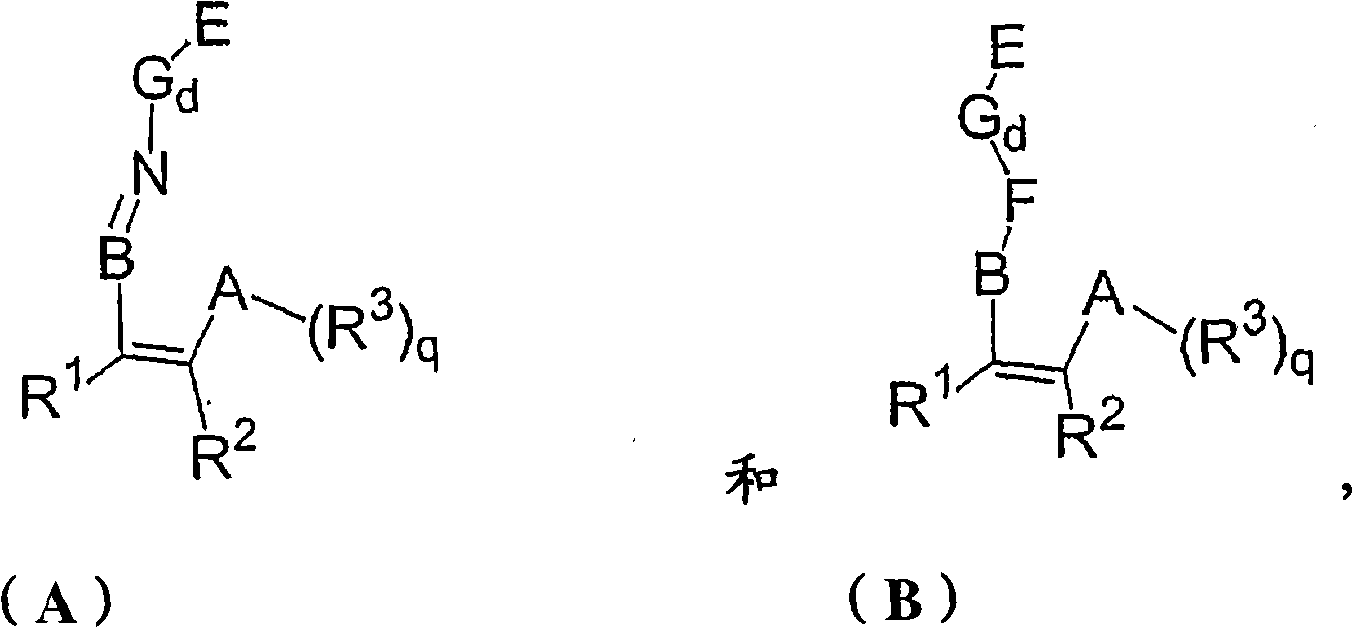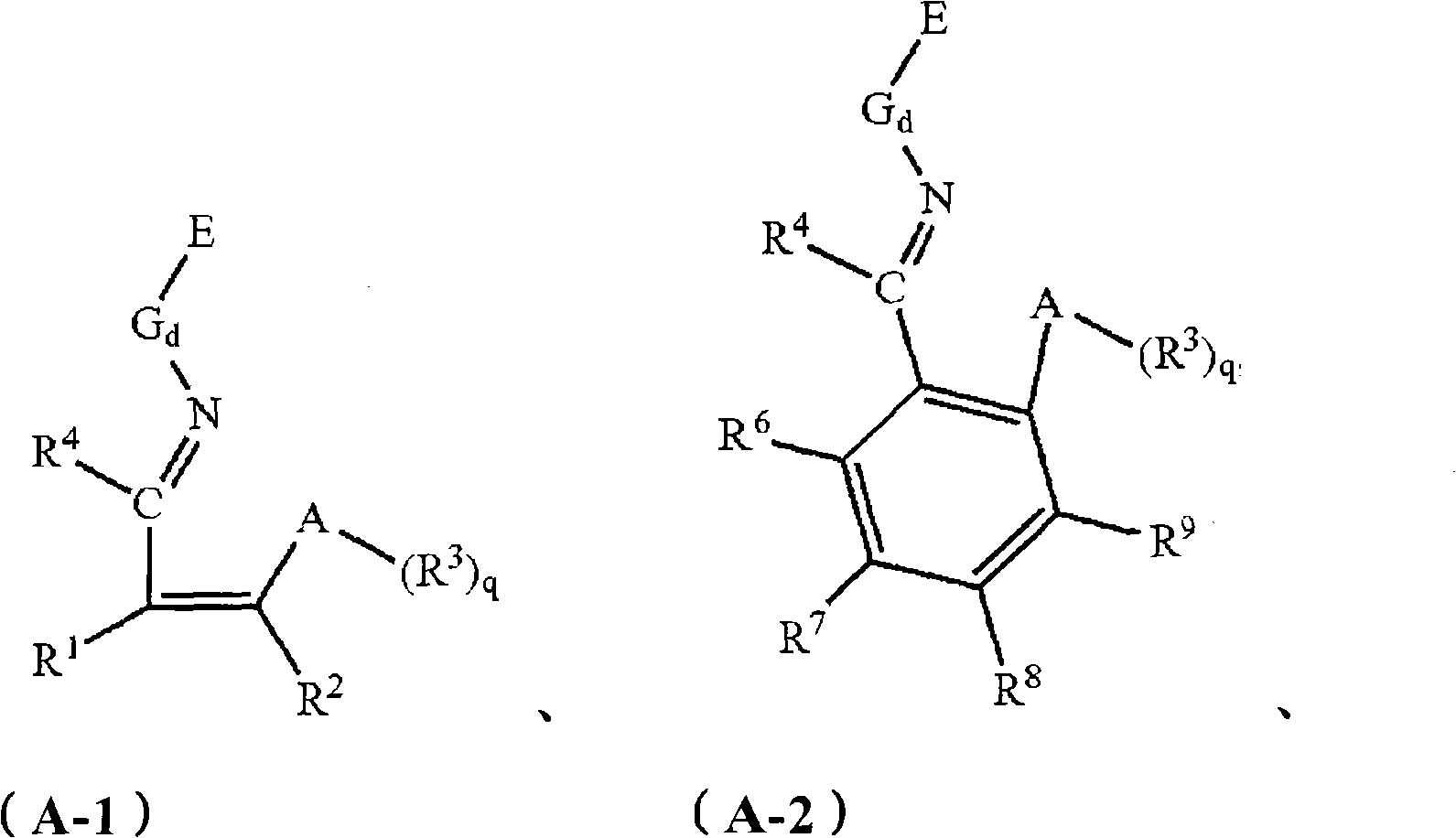Loaded non-metallocene catalyst and preparation method and application thereof
A non-metallocene and non-metallocene ligand technology, applied in the field of non-metallocene catalysts, can solve the problems of low catalytic activity, fragility, and limitation of catalyst polymerization product performance and particle shape
- Summary
- Abstract
- Description
- Claims
- Application Information
AI Technical Summary
Problems solved by technology
Method used
Image
Examples
preparation example Construction
[0086] According to the present invention, it relates to a preparation method of a supported non-metallocene catalyst, comprising the following steps: dissolving a magnesium compound and a non-metallocene ligand in a solvent in the presence of alcohol to obtain a magnesium compound solution; making the optional The step of mixing the thermally activated porous carrier with the magnesium compound solution to obtain a mixed slurry; drying the mixed slurry to obtain a composite carrier; and treating the composite with a chemical treatment agent selected from group IVB metal compounds carrier, the step of obtaining the supported non-metallocene catalyst.
[0087] The steps for obtaining the magnesium compound solution are specifically described below.
[0088] According to this procedure, a magnesium compound and a non-metallocene ligand are dissolved in an appropriate solvent (ie, a solvent for dissolving the magnesium compound) in the presence of alcohol, thereby obtaining the m...
Embodiment 1
[0304] The magnesium compound is anhydrous magnesium chloride, and the porous carrier is silicon dioxide, that is, silica gel, and the model is ES757 of Ineos Company. Firstly, the silica gel was continuously fired at 600° C. under nitrogen atmosphere for 4 hours to thermally activate it. The alcohol adopts butanol, the solvent for dissolving the magnesium compound adopts tetrahydrofuran, and the non-metallocene ligand adopts the structural formula: The compound, the chemical treatment agent adopts titanium tetrachloride.
[0305] Weigh 2.5g magnesium compound anhydrous magnesium chloride (MgCl 2 ), add a certain amount of butanol and tetrahydrofuran, heat to 60 ° C to dissolve, add a certain amount of non-metallocene ligands, continue stirring at 60 ° C to completely dissolve, add silica gel to form a mixed slurry, stir for 2 hours, and evenly heat to 90 °C and directly vacuum-dried to obtain a composite carrier.
[0306] Measure 25ml of hexane solvent, join in the compos...
Embodiment 1-1
[0310] Basically the same as Example 1, but with the following changes:
[0311] Alcohol is changed to ethanol, and the non-metallocene ligand adopts the structural formula as The compound, the porous carrier was changed to 955 of Grace Company, and it was thermally activated by continuous calcination at 400° C. under nitrogen atmosphere for 8 hours. The mixed slurry was vacuum dried at 80°C.
[0312]The ratio is: the molar ratio of the magnesium compound to the alcohol is 1:1; the ratio of the magnesium compound to the solvent for dissolving the magnesium compound is 1mol:240ml; the molar ratio of the magnesium compound to the non-metallocene ligand is 1:0.006; the magnesium compound and the porous The mass ratio of the carrier is 1:1; the molar ratio of the magnesium compound to the chemical treatment agent is 1:0.5.
[0313] This catalyst is designated CAT-1-1.
PUM
 Login to View More
Login to View More Abstract
Description
Claims
Application Information
 Login to View More
Login to View More - R&D
- Intellectual Property
- Life Sciences
- Materials
- Tech Scout
- Unparalleled Data Quality
- Higher Quality Content
- 60% Fewer Hallucinations
Browse by: Latest US Patents, China's latest patents, Technical Efficacy Thesaurus, Application Domain, Technology Topic, Popular Technical Reports.
© 2025 PatSnap. All rights reserved.Legal|Privacy policy|Modern Slavery Act Transparency Statement|Sitemap|About US| Contact US: help@patsnap.com



